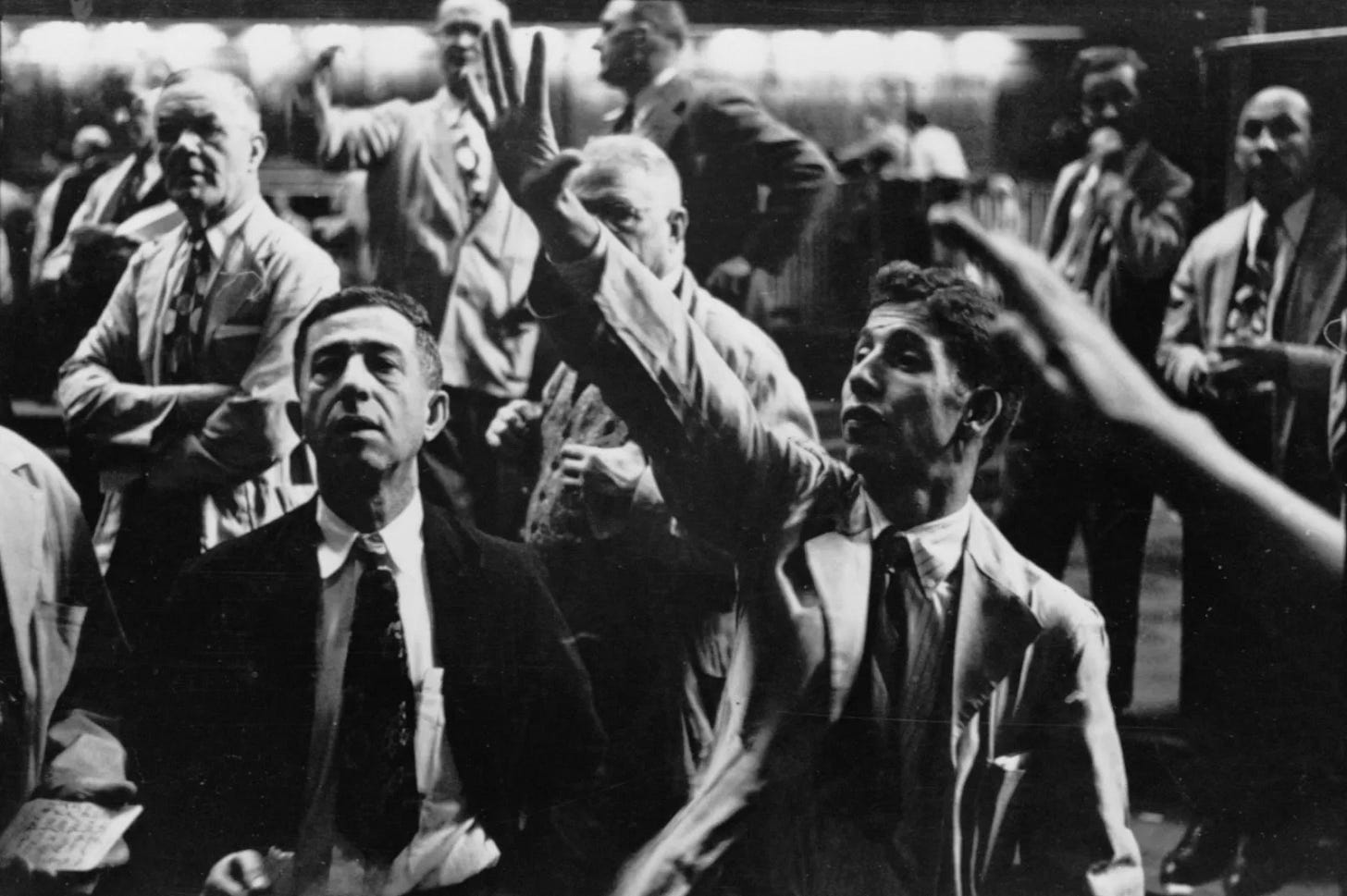On Markets
Pecunia non olet (money doesn't smell)
You can at least know more than anyone else. You may not be able to predict price changes but you can start to see patterns. - Mandelbrot
Mandlebrot
Benoit Mandelbrot was a Polish-born, French and American “mathematician with broad interests in the practical sciences.” Mandelbrot and Richard Hudson are the authors of the influential book The Misbehavior o…



